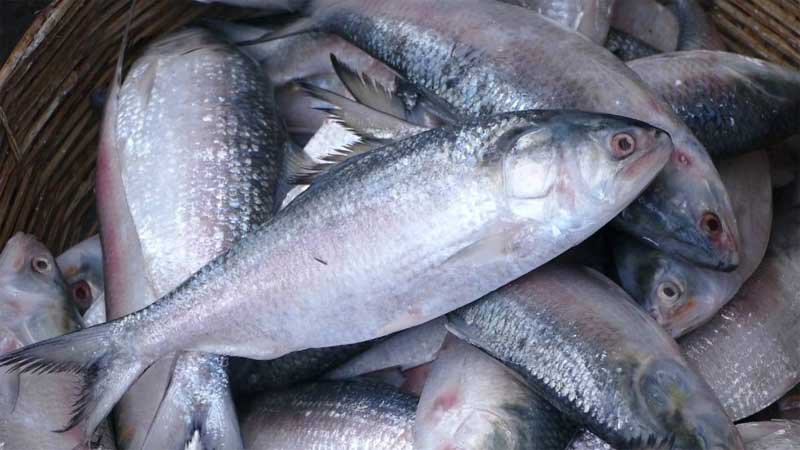UNB, Dhaka: A two-month government ban on catching, selling, hoarding and transporting hilsa began on Sunday midnight with a view to boost its production.
A 90-kilometre area stretching from Shatnal in Matlab North upazila to Char Bhairabi in Haimchar upazila in the Padma and the Meghna rivers has been turned into a sanctuary for Hilsa.
Earlier, the government has announced a two-month ban on catching, selling and transporting of hilsa began on March 1.
The ban will be lifted on May 1.
During this period, 40 kgs of rice will be provided to each fisherman who will refrain from catching fish.
Anjana Khan Majlish, deputy commissioner of Chandpur, said a total of 51,190 registered fishermen in the district will refrain from catching fish and they will be given 40 kgs of rice each for the next four months to mitigate their sufferings.
Asadul Baki, Chandpur District Fisheries Officer, said two teams of Coast Guards and river Police will conduct drives in the river in Matlab Uttar and Haimchar while the executive magistrates will visit the rivers during the ban.
Legal action will be taken against those who will be found involved in violating the government order.
Hilsa production in Bangladesh
Hilsa has the highest contribution in the country’s fish production as the single fish species, the government says. More than 12.09 percent of the country’s fish production comes from Hilsa.
In 2017-18, Hilsa production was 5.17 lakh MT, which had an estimated value of around Tk 20,680 crore.
In 2019, the Food and Agriculture Organisation (FAO) ranked Bangladesh as the fifth biggest aquaculture producer in the world. Aquaculture or aqua farming is defined by FAO as the production of fish, crustaceans, mollusks, and marine plants.
The government set a target to produce 6 lakh mats hisha in 2020-21.

